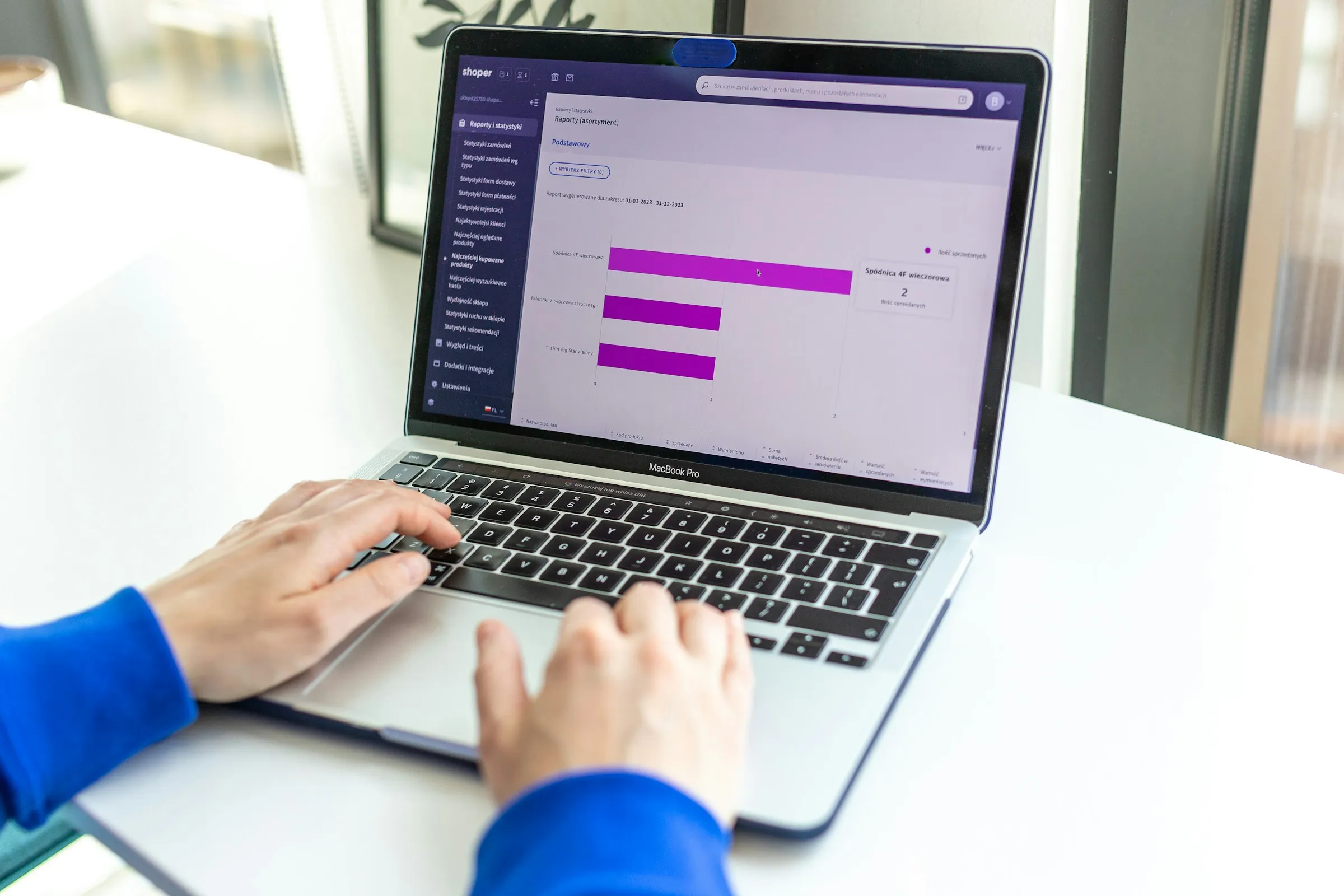Any software-as-a-service (SaaS) business leader understands the company runs on recurring revenue streams from user subscriptions. However, factors like customer churn and renewals impact your revenue on a monthly basis, despite how predictable they might seem.
Thus, creating accurate and reliable forecasts and budgets for these values ensures you can make informed business decisions without putting yourself in a precarious financial situation. Continue reading below as we walk through the best practices for budgeting and forecasting for SaaS companies.
What is Budgeting and Forecasting?
Commonly, budgeting and forecasting will be used interchangeably by those unfamiliar with the nuances of the terms. Either way, Both terms refer to the planning and predicting of financial outcomes for the business. However, there are some key differences between them.
For starters, budgeting is more concerned with creating an outline of the income and expenses for a certain period of time based on assumptions. This might cover expected recurring revenue from subscriptions, operating costs like salaries and marketing expenses, and more.
On the other hand, forecasting is where you’ll predict future financial performance using trends and historical data. For SaaS companies, this frequently includes churn, revenue growth, and customer acquisition costs.
Combining budgets and forecasts can help a SaaS company better understand its anticipated financial positioning, allowing it to make informed decisions about investing and growth initiatives.
5 Tips for SaaS Companies to Create an Annual Budget
Budgeting and forecasting is a hands-on, tedious process that requires an in-depth look at historical data, future expectations, and anticipated market fluctuations.
While the below steps and best practices give you an overview of what this process might look like for a SaaS company, keep in mind that the actual process is much more involved, and requires more work than merely ticking a few boxes.
1. Gather and Review Historical Data
The budgeting and forecasting process should begin by gathering past financial data and documentation — including financial statements, accounting records, and any other sources.
Particularly of interest is data on past revenues, expenses, churn, and customer acquisition costs (CAC).
Of course, this step would not be relevant to new businesses with limited operating history. However, this information will be the foundation of budgeting and forecasting for any existing business.
2. Focus on Recurring Revenue
The first forecast SaaS companies tend to make is for recurring revenue, such as monthly recurring revenue (MRR) and annual recurring revenue (ARR).
This is the main source of income for a SaaS business. So, accurately forecasting MRR and ARR is an important task for SaaS companies.
Using historical revenue data and expected growth rates can help guide you to your final forecast. It can be valuable to consider various scenarios, like high growth, normal growth, and slow growth, to evaluate all possible outcomes.
3. Estimate Customer Churn
While making your recurring revenue estimates, make sure to take into account your churn rate — or how many customers you expect to lose over the period.
Even if you continue to bring in new customers, existing customers may cancel their subscriptions or choose not to renew, which will have an impact on your revenues.
Some level of customer churn is inevitable, so use your historical data to assess how it will impact ARR and MRR growth over the coming period.
4. Account for Operational and One-off Costs
You’ll also need to estimate operational costs aside from what you spend to acquire customers, such as employee salaries, utilities and rent payments, and any subscriptions or software your own business relies on.
These costs are a bit more predictable and can be a bit easier to budget for, as they will likely remain the same or similar to historical levels.
On top of these recurring costs, make sure to consider any one-time expenses your business will face during the budgeted period. This might include plans for office expansions, the purchase of new equipment, or planned infrastructure upgrades.
5. Build a Buffer
Of course, your budgets and forecasts won’t always be 100% accurate to your actual performance. Even the best estimates will vary slightly, which is to be expected.
Budgeting and forecasting are important planning activities to help you prepare for future periods, though various factors and unforeseen events can impact your results over the coming year.
For this reason, make sure to build a cushion or contingency fund into your budget to help you cover any surprises or market events that impact your business’s cash flows.
Need Expert Guidance Creating Your Budgets and Forecasts?
In any industry, companies must carefully approach budgeting and forecasting to create accurate and informed estimates. In the SaaS industry specifically, it can be difficult for business leaders to navigate the nuances of customer churn, renewals, and customer lifetime value, as well as understand how they impact future financial performance.
The experts at Bob’s Bookkeeping can help you generate accurate budgets and forecasts as part of our fractional CFO service. Our team has over 20 years of industry experience on average, enabling us to provide strategic insights and expertise that help your business thrive.
Contact us today to see how Bob’s Bookkeeping can help you manage your finances effectively while you focus on delivering exceptional software solutions.



